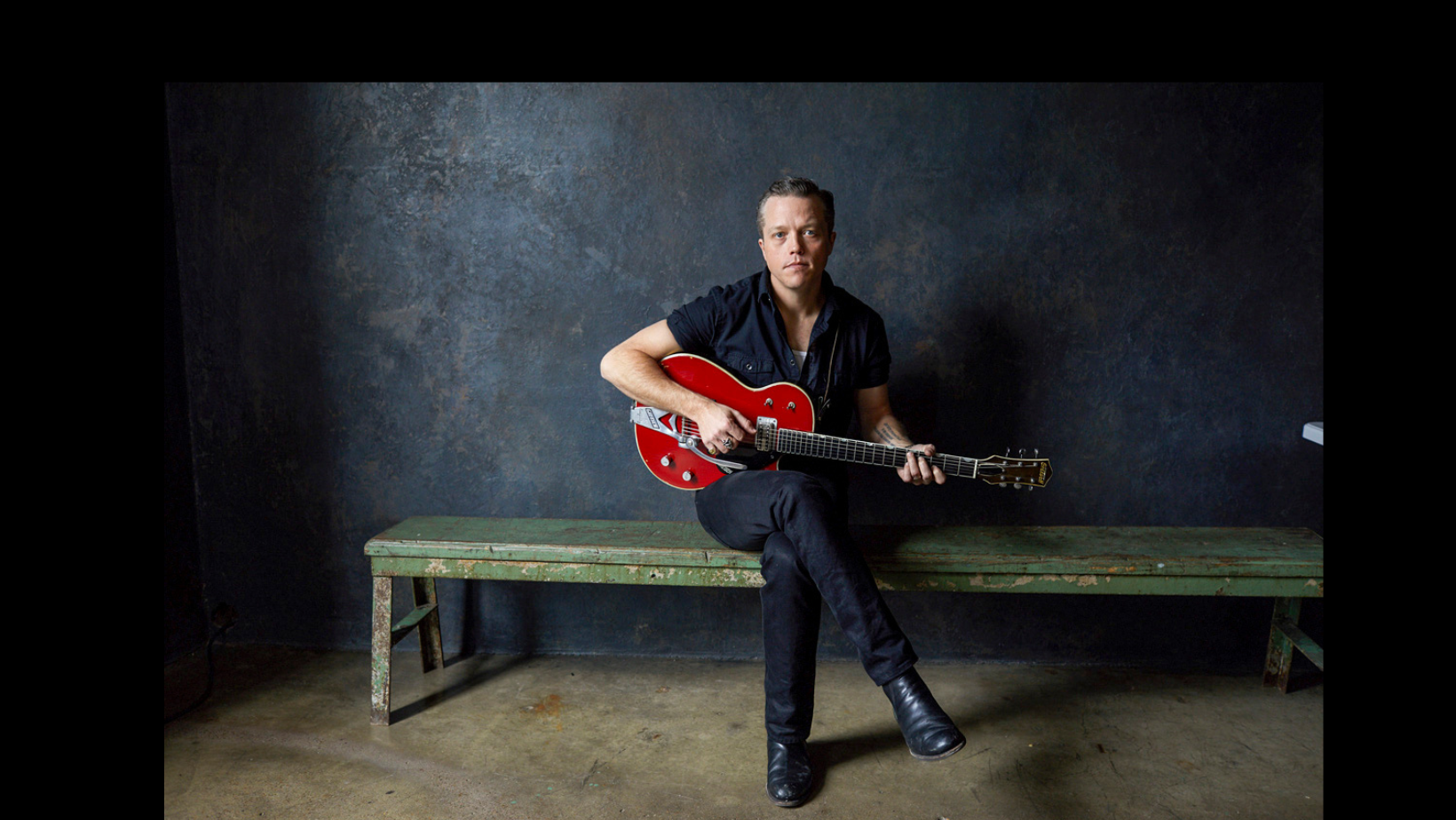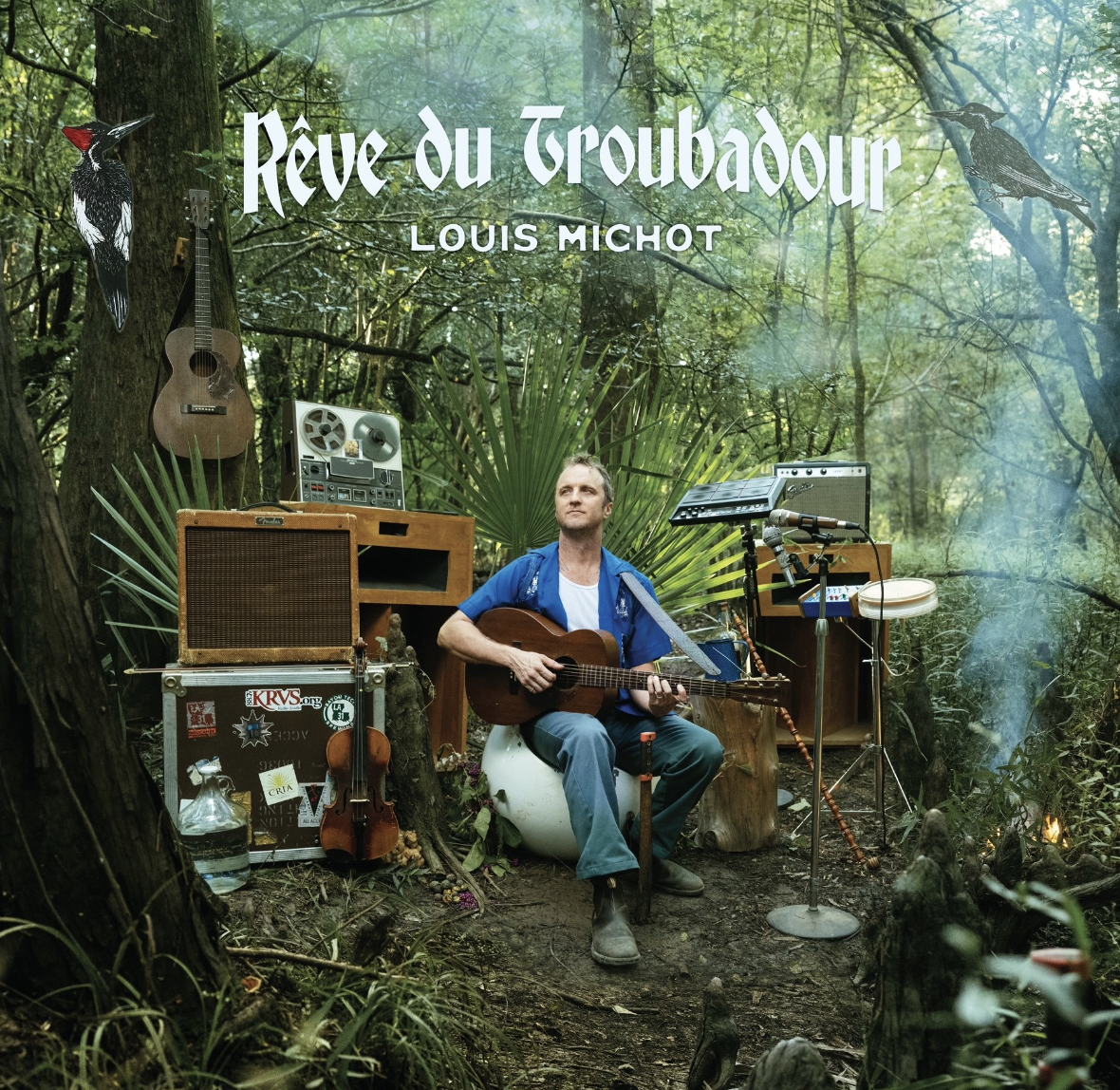Freedom is one of the most enduring themes of country music and related genres. Songs as diverse as Johnny Cash’s “Ragged Old Flag,” Garth Brooks’ “We Shall Be Free,” Johnny Horton’s “The Battle of New Orleans” and, of course, Lee Greenwood’s “God Bless the USA” all explore differing aspects of the importance of freedom and the struggle to maintain freedom. With its re-release of The Songs of the Spanish Civil War, Smithsonian Folkways is introducing a new generation of listeners to a collection of songs from one of the 20th century’s most epic struggles for freedom.
Originally issued as two albums, Volume I (1961) and Volume II (1962), on Moses Asch’s legendary Folkways Records, the album features tracks by many of the biggest names of old-school folk: Pete Seeger, Tom Glazer, Butch and Bess Hawes—and Woody Guthrie himself—as well as by Spaniards and international volunteers who were actual combatants during the war.
For those of us who may not have been paying careful attention in history class, a short primer on the Spanish Civil War, and why it is so intimately connected with America’s folk movement, may be useful. The war, which raged across the Iberian Peninsula from 1936 to 1939, pitted a democratically elected socialist government (“The Republicans”) against a fascist faction (“The Nationalists”) led by prominent army generals and backed by Nazi Germany and Mussolini’s Italy. The Republicans had their own international backers: the Soviet Union, Mexico and France as well as 40,000 international volunteers who were inspired by the Republicans’ democratic and socialist ideals. Among those volunteers, none were more celebrated than the Lincoln Brigade, a fighting unit of more than 2,000 Americans, many of whom were strongly rooted in the leftist and populist American folk scene of the 1930s.
This is, admittedly, a very superficial description of the war—providing only what is necessary to place this album and its music in context. For those interested in a more comprehensive treatment of the Spanish Civil War, numerous online and print resources are, of course, available.
The original 1960s Folkways release was itself a compilation of five other recordings. The first, “Songs of the Lincoln Brigade,” was recorded in 1944 by four artists who continue to epitomize politically-driven American folk: Pete Seeger, Tom Glazer, Butch Hawes and Bess Hawes. Five years after the end of the Spanish Civil War, these artists sat down to celebrate and preserve the music of the Lincoln Brigade—creating a priceless historical record in the process.
When the American volunteers came to Spain, they brought with them not only their ideals and fighting skills but also their music — which was rapidly adapted to the conditions and events of the war. Following a time-honored practice of folk and traditional music, many songs developed during the war simply added new lyrics to traditional tunes. For example, the music of “Jarama Valley” is instantly recognizable as “Red River Valley.” The lyrics, however, have been replaced by a graphic account of the losses and sacrifices of the international bridges during the Battle of Jarma, during which the recently arrived volunteers were besieged by experienced army units under General Franco.
The English-language tracks of The Songs of the Spanish Civil War hail from a time when folk and country were only recently divorced from their common ancestor. Indeed, at the time, content was often the only useful guide to classifying a song as one or the other. As a result many of the album’s tracks have a distinctive “cowboy” sound, as much Gene Autry as Woody Guthrie, which will please county fans as well as folkies.
One of the defining characteristics of American folk music, even measured against cousins such as county and blues, is its willingness to speak unapologetically and frankly about life’s hardships. Even by the standards of contemporary folk music, the tracks of Songs of the Spanish Civil War are remarkable, even shocking, in this regard. They graphically and unabashedly chronicle the horrors of civil war as well as the hardships of wartime life in an impoverished and bitterly divided land. For this reason, Songs of the Spanish Civil War may not be an accessible or enjoyable album for all listeners.
While keeping faith with their ideals, many of the American volunteers quickly became almost as cynical regarding their own side as about their fascist opponents. As a result, the Republicans themselves are not exempted from the harsh light shed by Songs of the Spanish Civil War. For example, “The Quartermaster Song” expresses the almost universally held lament that those in charge of Republican logistics were, at best, incompetent and, at worst, corrupt — describing them as “rats in bowler hats and spats.” The song also notes the irony that, in a force fighting for socialist ideals, luxury items such as tea (which, itself, gives an idea of how dire conditions were) were usually reserved for the privileged few.
Many volunteers also felt that the Lincoln Brigade was called on to do more than its fair share of fighting and often put in harm’s way by Republican generals in preference to local units. This sentiment is referenced in several songs, including “Cookhouse/The Young Man from Alcala” which laments that the brigade “held down the line for months at a time.”
As a result of these open discussions of problems on the Republican side, while clearly partisan in nature, the album is, at moments, a remarkably even-handed observer of events and of the universal tragedy of war.
Listeners with an international bent to their musical taste will also enjoy the album’s numerous Spanish-language tracks, music strongly grounded in Spanish folk and traditional music. Many of these songs chronicle and celebrate the achievements of particular Republican units: “Viva la Quince Brigade (Long Live the 15th Brigade)” or “El Quinto Regiment (The Fifth Regiment).” With their haunting minor chords, intricate Spanish guitar work and vocals possessing the uncanny sound of a sensual dirge, these songs are a true delight for listening. Given the strong influence of Latin music on today’s global musical trends, some listeners may even find these tracks more familiar and accessible than the album’s old-school American folk.
The second section of the album, “Six Songs for Democracy” includes lead vocals by German singer and left-wing political activist Ernst Busch. It also comes with a dramatic back story: its six tracks were recorded in 1938 Barcelona in the midst of a Nationalist air raid on the city.
Several songs from this section are in German. In addition to supporters and sympathizers such as Busch, thousands of Germans defied their government’s official position on the war and volunteered for the Republicans. Busch’s songs celebrate this group, which came to be known as The Thaelmann Column, as well as one of their prominent leaders, Hans Beimler, who had previously been a deputy in the Reichstag for the German Communist Party. Musically, the album’s German-language songs are noteworthy: combining elements of traditional German folk music (including liberal use of the accordion) with more contemporaneous orchestration and choral arrangements. These German tracks also possess a distinctly martial feel which is generally lacking in the album’s English and Spanish pieces.
What really sets the German tracks apart, however, is their long lifespan and wide impact. “Lied der Internationalen Brigaden (Song of the International Brigades)” was quickly translated and adopted as an anthem by the Republicans’ international volunteers, whatever their country of origin. The lyrics of “Das Lied von der Einheitsfront (Song of the United Front),” were written by no less a personage than the influential 20th century German poet Berthold Brecht. When those lyrics were translated into other languages, the song became a worldwide socialist anthem. Consider:
As man is only human,
He must eat before he can think.
Fine words are only empty air
And not his meat and drink.
Then, Left! Right! Left!
Then, Left! Right! Left!
There`s a place, Comrade for you,
March with us in the workers` united front;
For you are a worker too.
“Die Moorsoldaten (The Peat Bog Soldiers)” went on to be adopted by various resistance movements during the Second World War, was sung at the Fall of the Berlin Wall and, in Europe, continues in widespread use as a protest song to this day.
The third part of the album was recorded specially for the 1962 original release of Volume II of The Songs of the Spanish Civil War. Recorded in New York City, it brings together Woody Guthrie with a much older Ernest Busch and adds more expansive instrumental and vocal backing. Its music is very similar to that offered on Volume I. Unsurprisingly, the production values here are much higher. At the same time, the music lacks some of the passion evident on Volume I, which features recordings made much sooner after the events being chronicled.
The three tracts of part four, “Songs We Remember” are, from a musicology perspective, perhaps the most interesting on the album. Recorded during the war, there are no big names here. Instead, these tracks offer authentic Spanish compositions performed by popular (in the sense of “of the people”) orchestral and choral groups from Catalonia, Seville and Asturias—three of the Republicans’ main strongholds. The instrumental “Santa Espina” is one the most impassioned and beautiful songs on the album. “Sevillanos” has a strong Flamenco sound. “The Road to Aviles” is a heart-wrenching blend of the martial and the mournful.
The final section of the album is taken from “Behind Barbed Wire,” a 1938 New York recording by Bart van der Shelling and The Exiles Chorus. Van der Shelling was Dutch-born American volunteer who had been a circus clown, political agitator and opera singer before finding himself an officer in the Lincoln Brigade. Putting his musical training to good use, he also served as band leader of The Exiles Chorus.
More than any other segment of The Songs of the Spanish Civil War, the recordings of van der Shelling and his chorus capture the transnational nature of the Republicans’ struggle against fascism, recording four songs in as many languages. The titular “Wie Hinterm Draht (Behind Barbed Wire)” was another German offering. La Joven Guardia (The Youthful Guardsmen) was a Spanish piece. “La Guardia Rossa (The Red Guard)” and “Au Devant de la Vie (Toward the New Life)” were in Italian and French, respectively.
Perhaps the Republicans were doomed from the start. By 1939, the ideals and pluck of the Republicans and their international volunteers were simply overwhelmed by the military training of the Nationalists and the modern weapons flowing from their German and Italian allies. Among the defeated Republicans, those who fled or were exiled were the lucky ones. For Spain, Nationalist victory ushered in nearly four decades of reactionary dictatorship under Franco, who outlived his backers Hitler and Mussolini by 30 years.
But, like the Light Brigade or the defenders of the Alamo, in defeat the Republicans and their volunteers achieved an immortality they likely could never have found in victory. The romance and tragedy of the Spanish Republicans has made them one of history’s great “lost causes.” From Picasso to Orwell to Guthrie, the Spanish Civil War was the touchstone for some of the 20th century’s greatest art. Nearly 80 years later, the Republicans’ struggle remains a source of inspiration to those fighting for democracy – especially those from the left of the political spectrum. The re-release of The Songs of the Spanish Civil War both gets some high-quality and historically significant music back into circulation as well as serving as a reminder that the causes for which the Republicans fought are still being fought for in the second decade of the 21st century.
The Songs of the Spanish Civil War is a remarkable collection, even by the high standards of Smithsonian Folkways. That having been said, it is not an album for everyone. Not every modern ear is well tuned for the sounds of old-school folk, foreign language recordings often struggle to find an audience and many contemporary listeners will likely find the subject matter too arcane or disturbing. But, for fans of old-school folk, those with a broad appreciation of global folk styles or music fans who also possess a keen in interest in history—this is the “must have” album of the year, possibly of the decade.






5 Responses
I must express some apiotcpaeirn to the writer just for rescuing me from this type of incident. As a result of looking out throughout the search engines and meeting basics which were not powerful, I believed my entire life was well over. Living devoid of the approaches to the problems you have sorted out by way of this website is a critical case, as well as the ones that might have in a negative way damaged my entire career if I hadn’t noticed the website. Your primary know-how and kindness in controlling all areas was tremendous. I am not sure what I would have done if I hadn’t discovered such a point like this. I am able to at this moment look ahead to my future. Thank you very much for your professional and result oriented guide. I won’t be reluctant to suggest your web blog to anyone who should receive guide on this problem.
That’s the best answer of all time! JMHO
THX that’s a great answer!
WOW Pastel, thanks for another stellar post! Thanks also to Janel and Margy for all the time you put into your 100 days list and the poem. We are so blessed to have great fans and mods that help us get through missing David.HAPPY BIRTHDAY PAPA JEFF!When I look at pictures like the lead one from JennyFOD, I shake my head and wonder what it was that he saw in himself that make him think he was weird looking! David dear, there are about a bazallion guys out there that would like to look “that weird.”
Lisa, I was reading a blogpost the other day that featured your new book! So excited to see what is happening with you & your ministry through Him.Much love to you!Kristen